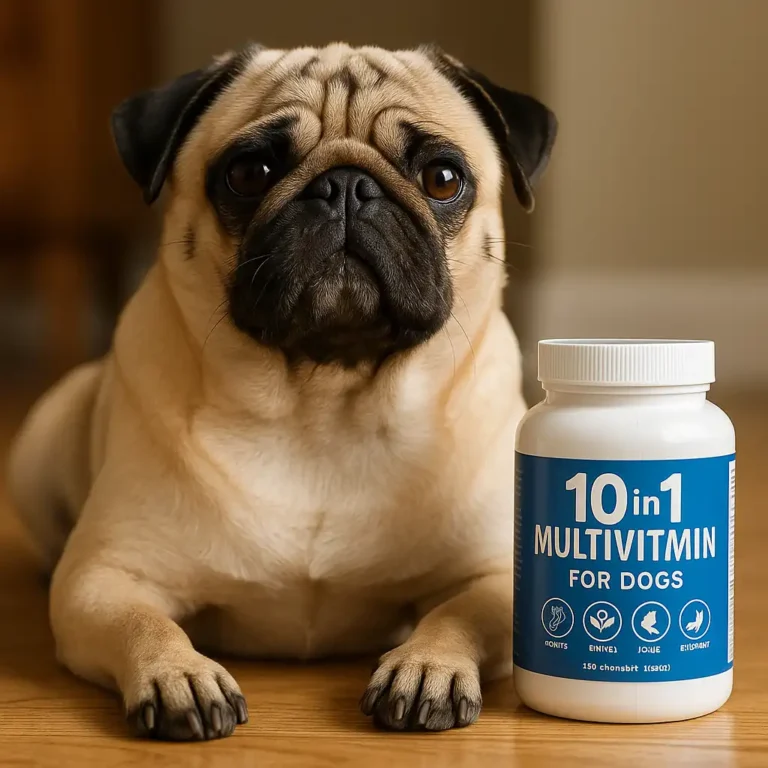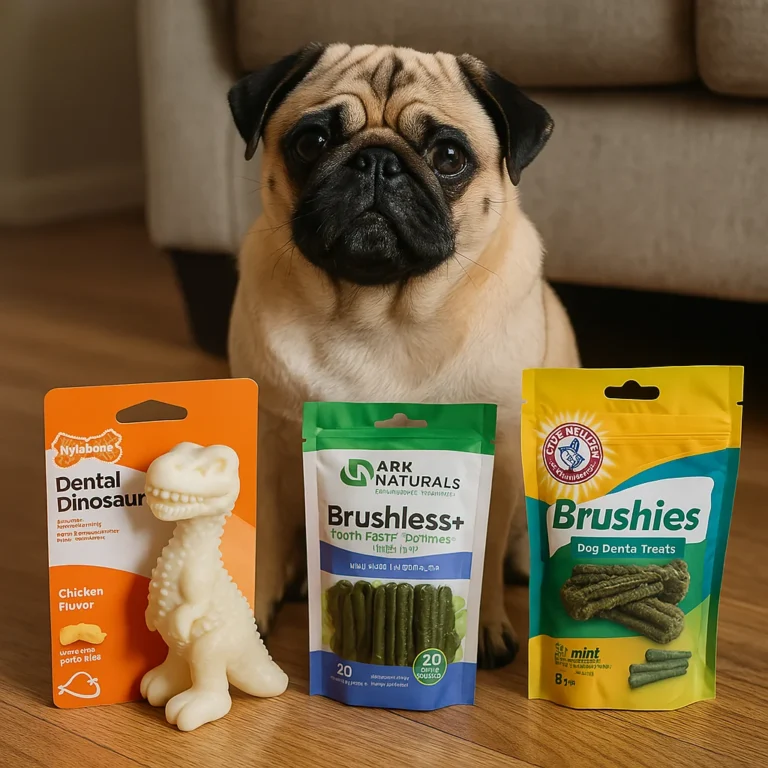Are Pugs Hypoallergenic? The Truth Every Owner Should Know

Disclosure: This post contains affiliate links. As an Amazon Associate, I earn from qualifying purchases—at no extra cost to you.
Pugs are adored for their playful personalities, adorable faces, and loving nature. However, when it comes to allergies, many prospective owners wonder whether this charming breed is a good match for someone sensitive to pet dander. Understanding whether pugs are hypoallergenic and what it really means can help future owners make an informed decision.
What Does Hypoallergenic Mean in Dogs?
Hypoallergenic dogs are breeds that are less likely to trigger allergic reactions in people. This does not mean they are completely free of allergens, but they typically shed less dander, produce fewer proteins that cause allergies, or shed less hair, minimizing allergen exposure. No dog breed is entirely hypoallergenic, but some are easier to tolerate for allergy sufferers.
Are Pugs Hypoallergenic?
Unfortunately, pugs are not considered hypoallergenic. They tend to shed a lot throughout the year, and their dander can easily spread through the home. Their short coats may be deceiving, but they lose a significant amount of hair regularly. Additionally, pugs have many skin folds that can trap allergens like saliva and dust, increasing the chances of triggering allergic reactions.
Their lovable nature does not counterbalance the reality that pugs can be challenging for individuals with dog allergies. Those who are particularly sensitive to pet allergens may experience sneezing, itching, watery eyes, and even respiratory issues around pugs.
Managing Allergies with a Pug in the Home
While pugs are not hypoallergenic, many allergy sufferers still successfully live with them by taking careful measures. Regular grooming is essential, with weekly brushing helping to control shedding and dander buildup. Choosing the best brush for pugs makes a noticeable difference in managing hair and skin health.
Cleaning the home frequently is another critical step. Using HEPA filters, vacuuming carpets, washing bedding, and keeping the pug’s favorite lounging areas clean can significantly reduce allergens. Bathing your pug regularly with a gentle dog shampoo can also help control the amount of dander they produce.
In some cases, allergy sufferers may benefit from designating specific areas of the house as pug-free zones, particularly the bedroom, to create a safe space where allergen levels are lower.
Alternatives for Allergy Sufferers
For those who love dogs but struggle with allergies, considering other breeds might be the best solution. Breeds like the Bichon Frise, Poodle, or Maltese are often recommended for allergy-prone individuals. However, every person reacts differently, so spending time with a breed before bringing a dog home is always advisable.
If a pug is still the breed of choice, working with an allergist and implementing preventive steps can create a more manageable environment.
Conclusion
Pugs are wonderful companions full of personality and affection, but they are not a hypoallergenic breed. Their shedding, dander, and unique physical characteristics make them less ideal for allergy sufferers. However, with a strategic approach to grooming, cleaning, and allergen management, it is possible to enjoy life with a pug while minimizing allergic reactions. Always weigh the realities of pet allergies before committing to bringing a pug into your home.






